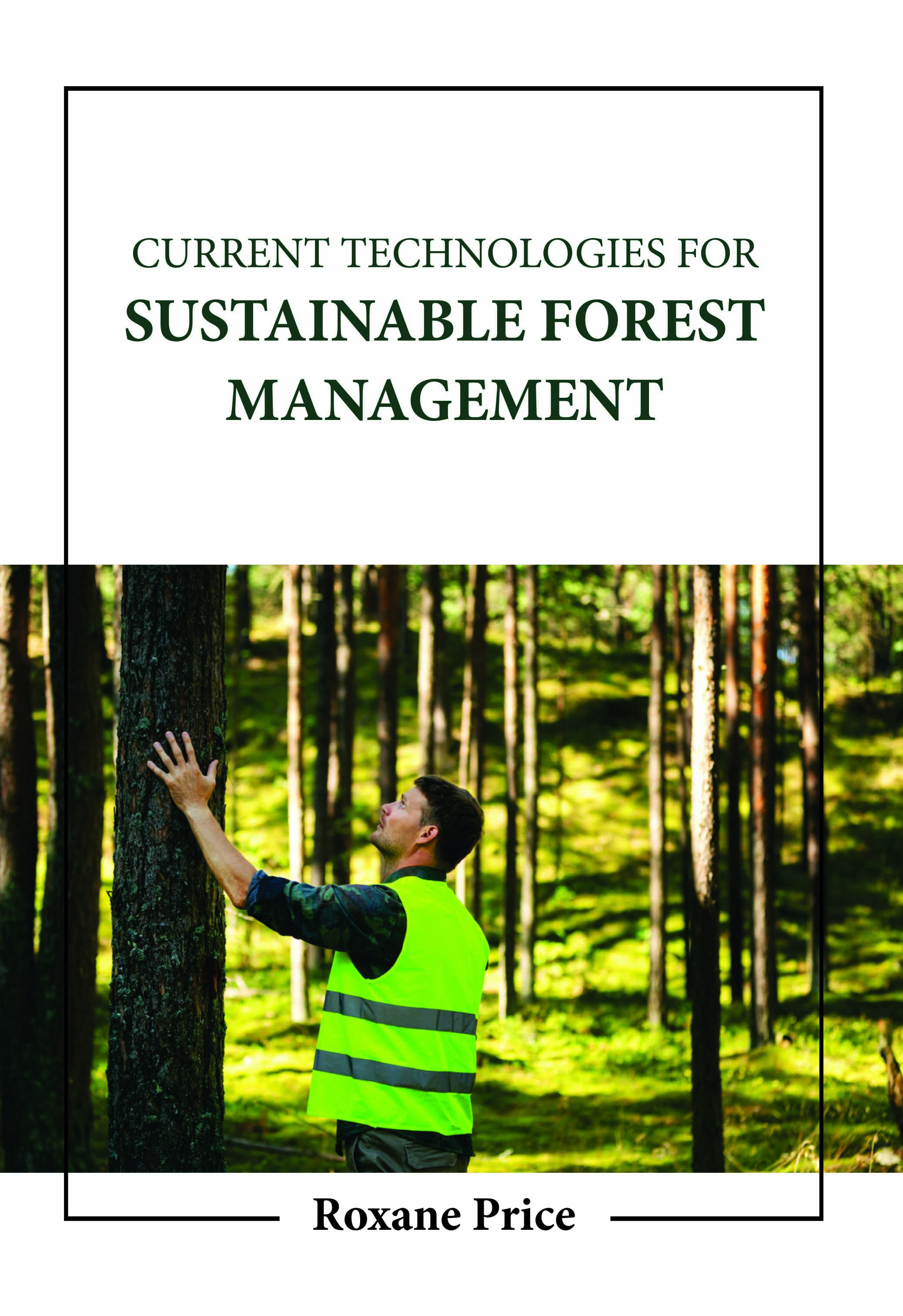
Current Technologies for Sustainable Forest Management
by Roxane Price
| ISBN | 9781806241484 |
|---|---|
| Publisher | Digital Drive Learning |
| Copyright Year | 2026 |
| Price | $265.00 |

by Roxane Price
| ISBN | 9781806241484 |
|---|---|
| Publisher | Digital Drive Learning |
| Copyright Year | 2026 |
| Price | $265.00 |
Under the legal, economic, social, technological, and scientific elements controlling the protection and regulation of forests, forest management focuses on the conservation and management of wildlife, wood products, genetic resources, and other forest values. Forest management is known as the process of organizing and putting into effect procedures for the stewardship and use of forests and other wooded areas to achieve particular environmental, economic, social, and cultural goals. It covers all administrative, financial, legal, social, technological, and scientific issues about natural and planted forests. It may involve varying degrees of intentional human intervention, from supporting certain socially or economically valuable species or groups of species for the increased production of forest products and services to those aimed at protecting and sustaining forest ecosystems and their functions. 85–90% of the trees on a site are cut down in a novel management method, most frequently referred to as new forestry, and the land is left alone for decades to regenerate. The technique, according to proponents, would reduce erosion and increase the diversity left behind on a tract, mainly if one or two species predominate. The Forest Service and certain states in the Northwest are researching new forestry, but environmentalists argue that there is insufficient data on the practice's impacts on old-growth stands to justify its usage. According to timber corporations, more and larger tracts would need to be harvested to meet demand. Through practical examples, this book gives students a full grasp of current forest management concerns.